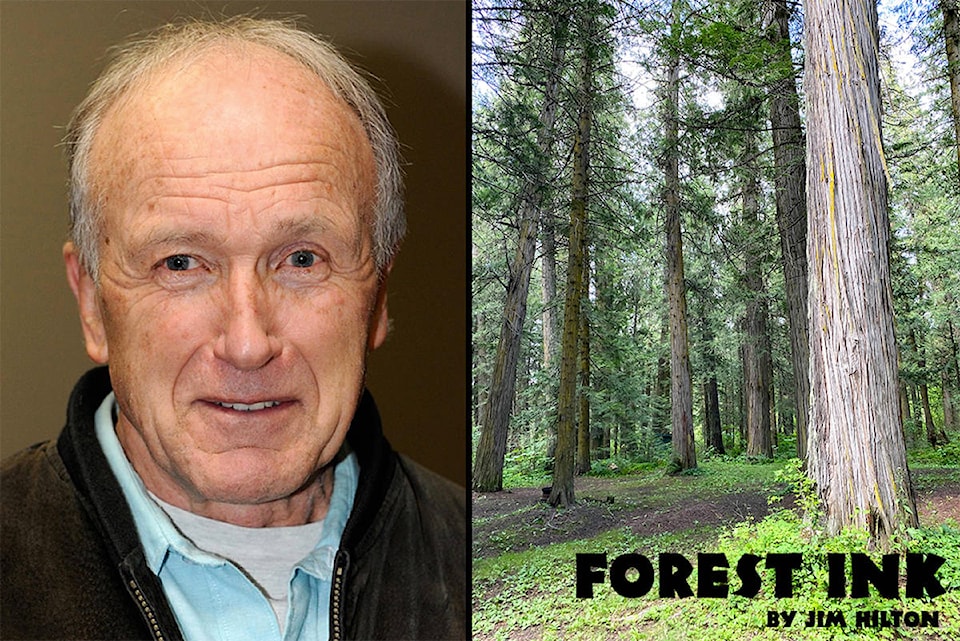While most agroforestry studies have taken place in the tropics, a new study by Simon Fraser University historical ecologists finds that Indigenous-managed forests — cared for as “forest gardens” — contain more biologically and functionally diverse species than surrounding conifer-dominated forests and create important habitat for animals and pollinators.
According to researchers, ancient forests were once tended by Ts’msyen and Coast Salish peoples living along the north and south Pacific coast.
These forest gardens continue to grow at remote archaeological villages on Canada’s northwest coast and are composed of native fruit and nut trees and shrubs such as crabapple, hazelnut, cranberry, wild plum and wild cherries.
Important medicinal plants and root foods like wild ginger and wild rice root grow in the understory layers.
“These plants never grow together in the wild,” says Chelsey Geralda Armstrong, an SFU Indigenous Studies assistant professor and the study lead researcher.
“It seemed obvious that people put them there to grow all in one spot — like a garden. Elders and knowledge holders talk about perennial management all the time.”
“It’s no surprise these forest gardens continue to grow at archaeological village sites that haven’t yet been too severely disrupted by settler-colonial land-use.”
What I find interesting is the recent revelation of the findings at the Kamloops residential school where the colonial attitude was to eliminate native languages and way of life instead of incorporating many of the more sustainable indigenous practices.
Fortunately some information was recorded in studies like Nancy Turners ethnobotany books but this only captured a fraction of the knowledge that was available through the original oral traditions of the future generations which was seriously disrupted by the residential schools.
READ MORE: More soil amendment science needed for degraded soils
I am not suggesting that we have to practice agroforestry on all of the existing commercial forest but we need to seriously look at some of our practices.
For example, in a recent study, one year after glyphosate treatment, 26 per cent of raspberry and blueberry fruit samples taken from cut blocks in the research study would be “deemed unfit for human consumption” if assessed by Canadian Food Inspection Agency standards. Glyphosate and AMPA (the metabolite derived from it) residues were detected in the fruits for at least one full year after spraying.
In addition, low levels of weed killer residue persisted in raspberry shoots, fireweed shoots, and willow shoots for at least six years and in fireweed roots for twelve years
With the ongoing droughts in the south it might be prudent to consider growing more of our food in some adjacent forests or at least not destroy what we have.
Jim Hilton is a professional agrologist and forester who has lived and worked in the Cariboo Chilcotin for the past 40 years. Now retired, Hilton still volunteers his skills with local community forests organizations.
